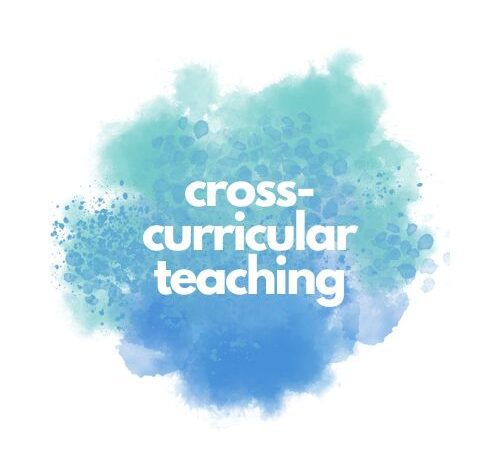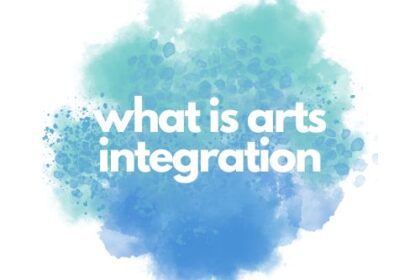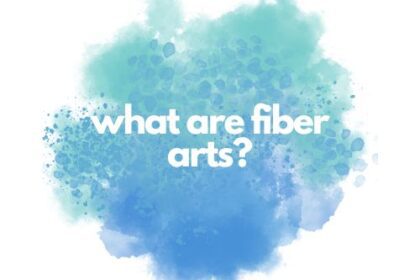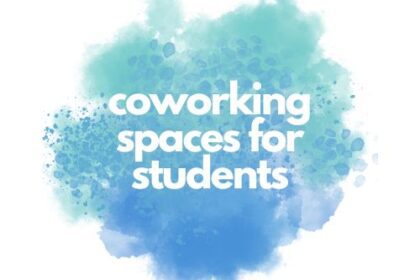Let’s start by defining the phrase “cross-curricular teaching.” People confuse it with arts integration.
Cross-curricular teaching is the integration of two or more core subjects into a lesson. You can totally layer some arts integration into it, but you don’t have to in order to see benefits.
Imagining Cross-Curricular Connections
Before we go into the benefits, I need to share this quote from Ben Johnson in an article on Edutopia because it. is. that. good. See the full article here.
Without belaboring the point that teacher isolation has to end, unless teachers stop departmentalizing their teaching and start teaching knowledge in context of other knowledge, student learning will continue to be stuck at the dam. It is time for teachers to collaborate.
“Start teaching knowledge in context of other knowledge.”
What would that look like in your classroom?
Benefits of Cross-Curricular Instruction
Infusing two or more subjects into one lesson is beneficial for several reasons.
Confidence. Some students consider themselves to be good at one subject and bad at another. Combining both shows them they can be good at both. This is a win for both connections and student confidence.
Authentic Connections. Learning is way more authentic. Schema (background knowledge)? Activated. Connections? Made. Students see that science, for example, is everywhere. Math is in everything.
Engagement is HIGH. There are a lot of moving parts. Collaboration is emphasized, it’s project-based, and it allows strengths to shine through.
The best part is that you can do this with any subject!
I’ve given a few examples below, but I’d love to hear your best cross-curricular ideas, too. Tell me about them in the comments or hang out with me on Instagram. Tag me in your cross-curricular projects!
Math & Science
Math and science are already besties. Both have calculations and measurements.
Teaching capacity in math? Do a science experiment that measures various solids and liquids (hey, states of matter!) to show equivalent capacity measurements/conversions.
Studying weather in science? It could be a great time to work with decimals on a rain gauge, data tables to track temperature, or even fractions (how many of the last ten days were sunny?).
ELAR & Social Studies
I have an entire post on ELAR and social studies cross-curricular ideas that you can read here.
One that I didn’t mention in that post, though is reader’s theatre when you’re studying the drama genre. In this case, yes, you’d also be layering on theatre as arts integration, but drama is a legitimate genre, too. You can have your students write a reader’s theatre script based on a social studies concept.
Science & ELAR
Similar to teaching reading through social studies, passages about science concepts can serve the standards in both subjects.
Science investigations can also include how-to writing pieces. Instead of providing the steps in the procedure within the materials for the investigation, have students write a list. Then, they can write a full how-to composition.
ELAR & Math
My favorite way to combine math and ELAR is actually Greek and Latin root words with prefixes and suffixes. I call it word math. We use formulas to create words, like “P+R=W” for prefix plus root equals word. I’ve taught this in upper elementary and middle school and it’s always fun.
Decoding messages with math skills (like this TpT resource from Math Chick) is also cross-curricular, although it’s on a slightly smaller scale.
Social Studies & Science
This one might excite me the most. Imagine creating a PBL based on a social studies or history event!
The fall of the Alamo? Create a replica and show the fall of the Alamo in it. You’d have to use physics for sure.
Focusing on local communities and how the water is treated? The water cycle is a great tie-in here.
Further Exploration of Cross-Curricular Instruction
ThoughtCo has a how-to planning article that’s worth checking out.
Here in Texas, our 3rd graders study the rainforest in social studies. Here’s a TpT lesson I found that has multiplication and division facts tied to it (another 3rd-grade standard).






[…] One of my favorite teacher-creators to follow for STEM is Teach Outside the Box. Her resources are specifically designed for elementary. She even has STEM-to-literature ties. Y’all know how much I love cross-curricular ties! […]